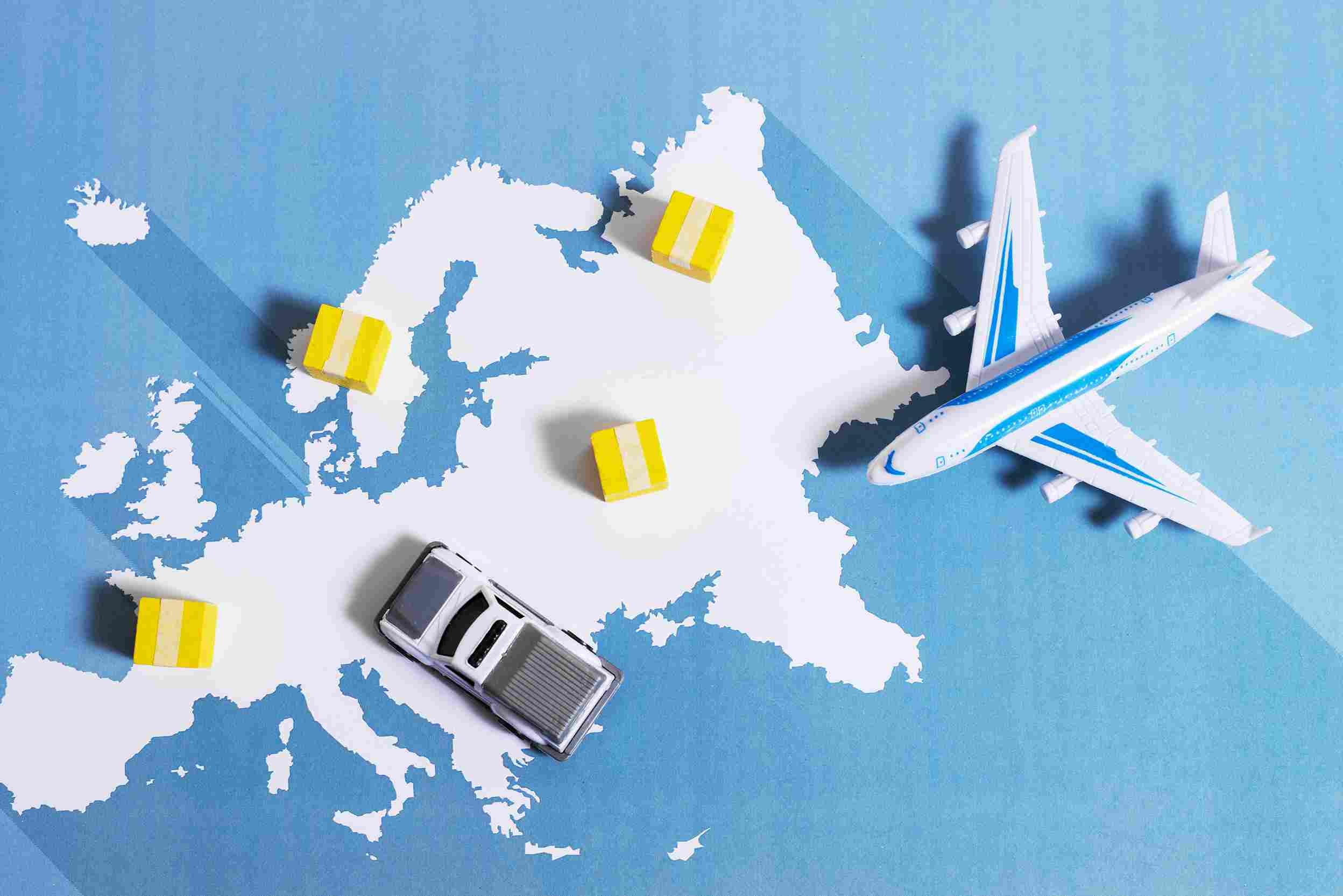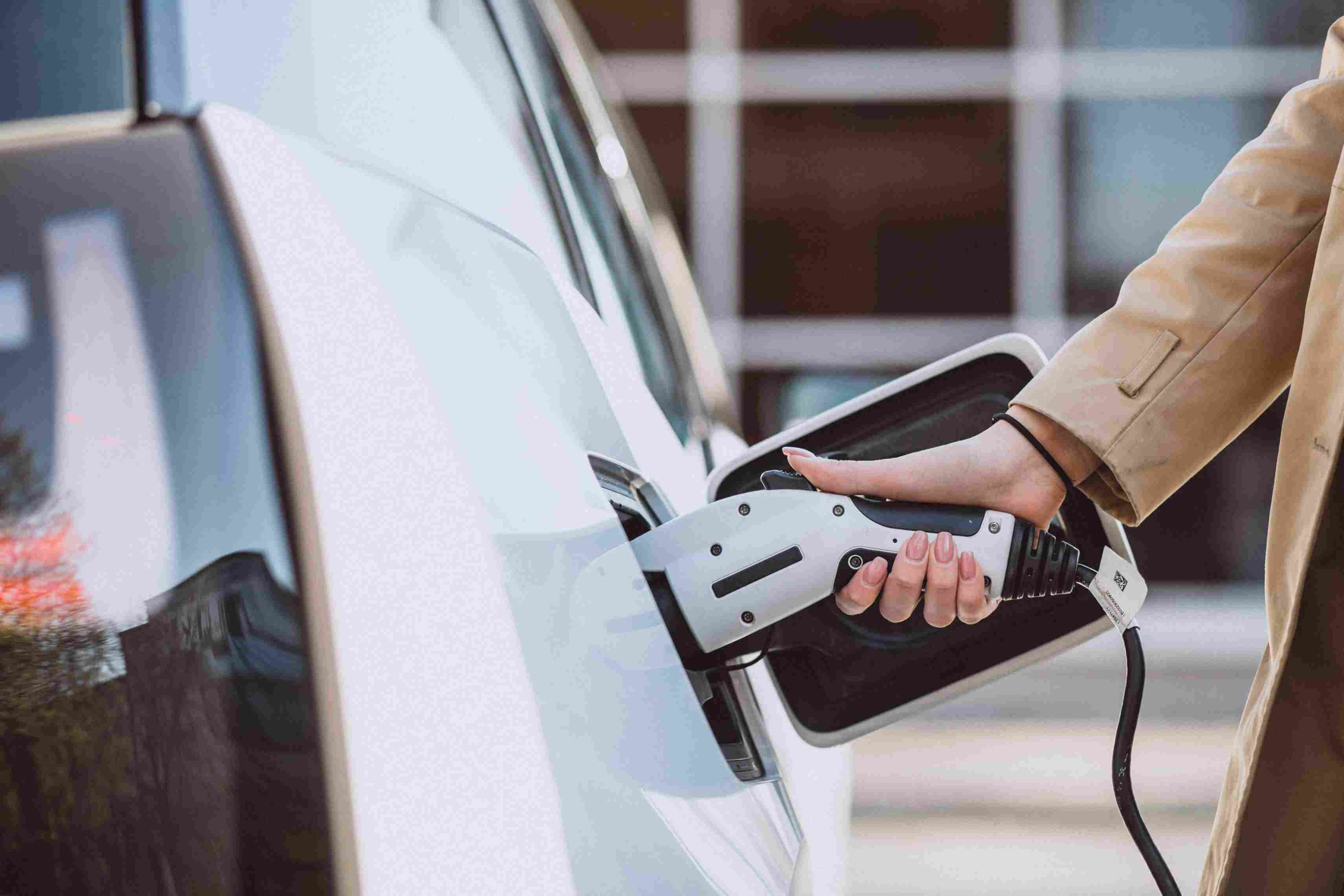
Amended rules for the transportation of dangerous goods will come into effect in 2025. International organizations IATA, ICAO, and the UN regulate the methods and labeling required for smooth customs clearance. The main changes involve lithium-ion batteries and electric vehicles.
These changes apply to all types of transportation: air, rail, and road.
The rules for transporting dangerous goods by road are governed by the European ADR agreement. The new standards require carriers to create optimal conditions for batteries and accumulators. This is due to the phenomenon of thermal runaway, where batteries overheat, leading to fires or explosions.
It is also important to consider the main and additional preferences for the export of goods.
New UN numbers for sodium-ion batteries:
Packaging for loose items must protect them from mechanical damage, moisture, temperature extremes, and gases. Equipment containing such batteries must be secured, and the cargo accompanied by fire protection measures.
Mandatory hazard labeling: batteries and lithium-ion accumulators are classified under Class 9. Typically, carriers mark cargo with symbols such as "Risk of Fire" and warnings against dropping goods from specific heights or exposing them to high temperatures.
The standard symbol for lithium-ion batteries must include the UN number and a contact number for the logistics center.
Companies must provide a Dangerous Goods Declaration, along with battery condition certificates verifying a charge level of no more than 30%. Information on the type and quantity, their hazard class (Class 9), safety measures, and packaging rules must be signed by the sender. These documents are mandatory for all types of logistics.
IATA now strictly regulates reducing the charge level to 30% for all transport methods. This applies to loose batteries as well as those in equipment and electric vehicles. Training for drivers and dispatchers on fire risks is recommended.
The above rules also apply to electric vehicles. Their batteries must be charged to no more than 30% (for air transport, specific airline rules should be checked).
Vehicles must be securely fixed on the platform to avoid shaking and battery overheating. Monitoring battery conditions during transportation, as well as providing cooling and fire protection systems, is essential. Of course, all necessary documentation, hazard class markings, battery condition certificates, and new UN numbers are required:
Summary:
The European Union has adapted the rules for transporting dangerous goods by road, which will come into force in 2025. After July 2025, companies providing international logistics services will be required to follow new standards within the EU.

Although the new rules for transporting dangerous goods by road are not yet in force, it’s important to understand them to choose a reliable logistics company. At DiFFreight, we have successfully adapted to the new requirements. We’ve studied all the rules for transporting dangerous goods across Europe, so you can rely on us for the delivery of goods from China to Ukraine via the EU.
In addition to transportation, you can order customs brokerage services: we’ll prepare everything needed to ensure your goods cross borders smoothly. If you have any questions, we’re here for a consultation!